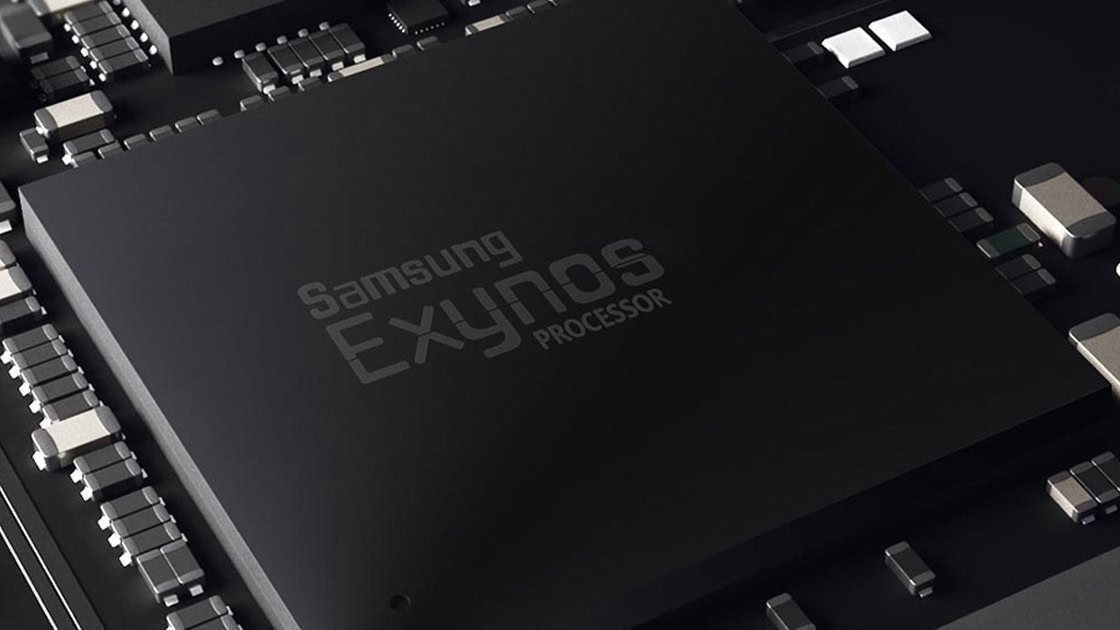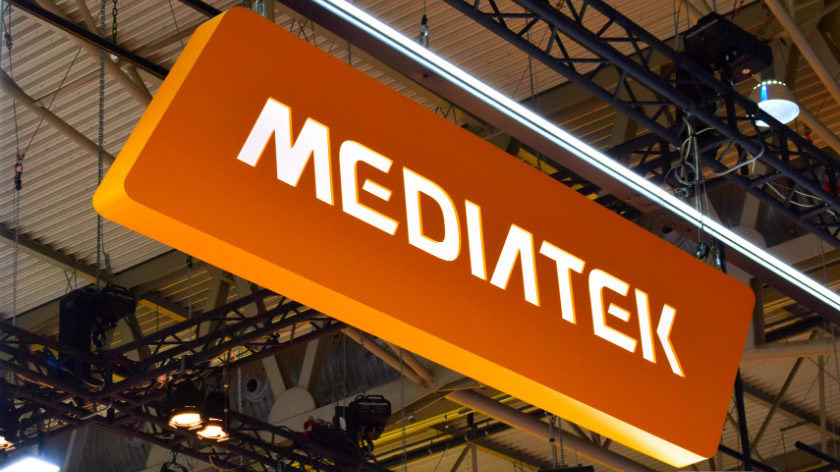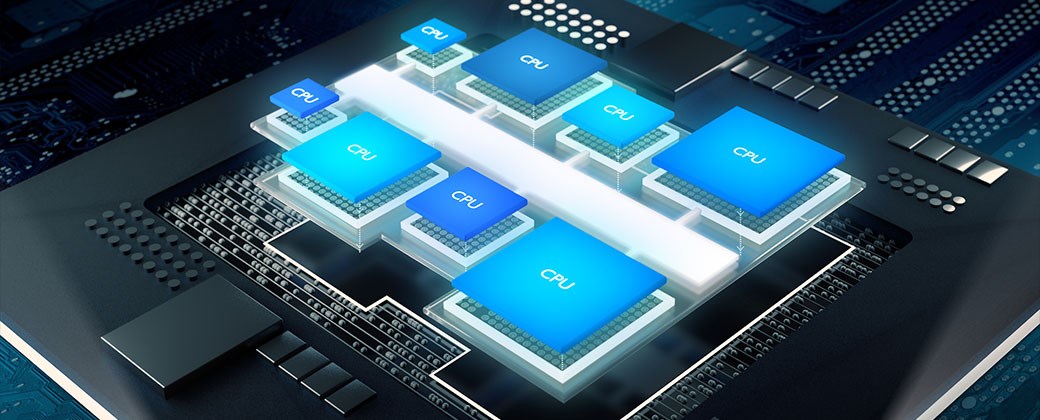Affiliate links on Android Authority may earn us a commission. Learn more.
Galaxy S10 chip may take cues from MediaTek for better battery life (Update)

Update, July 11 2018: Chip designer Arm has come back to us, saying its DynamIQ system of flexible CPU core layouts isn’t standalone technology. In other words, it needs to be combined with Arm CPU cores and can’t be used with Samsung’s cores, as the rumor claims.
It’s possible Samsung could use the technology on the Arm CPU cores only, essentially creating a cluster of its own cores and a cluster of Arm cores (effectively 2+6). But that certainly seems like a lot of work.
Original article, July 10 2018: The Samsung Exynos 9820 (or whatever it ends up being called) is widely expected to power the Galaxy S10, but we don’t know much about it. Leaker Ice Universe has dished out apparent details today though, and it looks like the company might take a page out of MediaTek’s book.
According to the tipster, Samsung is opting for a three-cluster CPU core arrangement, featuring four lightweight Cortex-A55 cores, two Cortex-A75 (or A76) cores for medium tasks, and two fourth-generation custom Mongoose CPU cores for heavyweight tasks. All in all, we’re looking at eight cores still, but in a 2+2+4 arrangement as opposed to four heavy cores and four light cores seen in most flagship chips.
Samsung’s next-generation Exynos 9820 will use the 2+2+4 DynamIQ architecture, 2xExynos M4 is the big core, 2xCortex-A75 (or A76) is the medium core, and 4xA55 is the small core. pic.twitter.com/3T5AUbcWhV— Ice universe (@UniverseIce) July 10, 2018
This is similar to MediaTek’s Helio X-series of flagship processors, which used ten CPU cores in three clusters of lightweight/medium/heavy cores. So why would MediaTek (and potentially Samsung and its Galaxy S10) opt for three CPU clusters?
Better battery life?

According to MediaTek, three clusters are meant to improve battery life and performance. It previously compared the situation to a car with two gears versus a car with three gears. The car with first, third and fifth gears should be more efficient and perform better than the car with first and fifth gears.
It’s unclear whether MediaTek’s approach is indeed better than solutions from the likes of Qualcomm and Samsung, but it’s an interesting take nonetheless.
Samsung’s potential approach would differ in one major area though, as the medium cores aren’t lightweight cores in disguise but Arm’s heavyweight cores…
Questioning the claim
Our own expert Gary Sims has raised a few concerns regarding the apparent leak. For starters, Gary wonders why Samsung wouldn’t just use four of its own heavyweight cores instead of two in-house heavy cores and two of Arm’s heavy cores, as the tipster suggests. If Samsung wanted CPU cores for medium performance, it could theoretically use two heavyweight in-house cores and make adjustments (e.g. reducing clock speed) instead of using Arm’s cores.
Then again, there’s the possibility that the Korean firm’s latest CPU core is a battery hog, so it’s turning to the Qualcomm core for battery life while still delivering great performance.

Another concern raised is whether Samsung has access to Arm’s DynamIQ tech, which makes these flexible CPU core arrangements possible in the first place. Arm’s technology allows silicon manufacturers to mix and match Arm’s own CPU cores as they see fit, but it doesn’t apply to Samsung’s own cores on paper.
We’ve contacted Arm to clarify whether its DynamIQ tech could potentially work with a Samsung CPU and will update the story accordingly. Nevertheless, we eagerly await performance and endurance benchmarks if this claim turns out to be true.